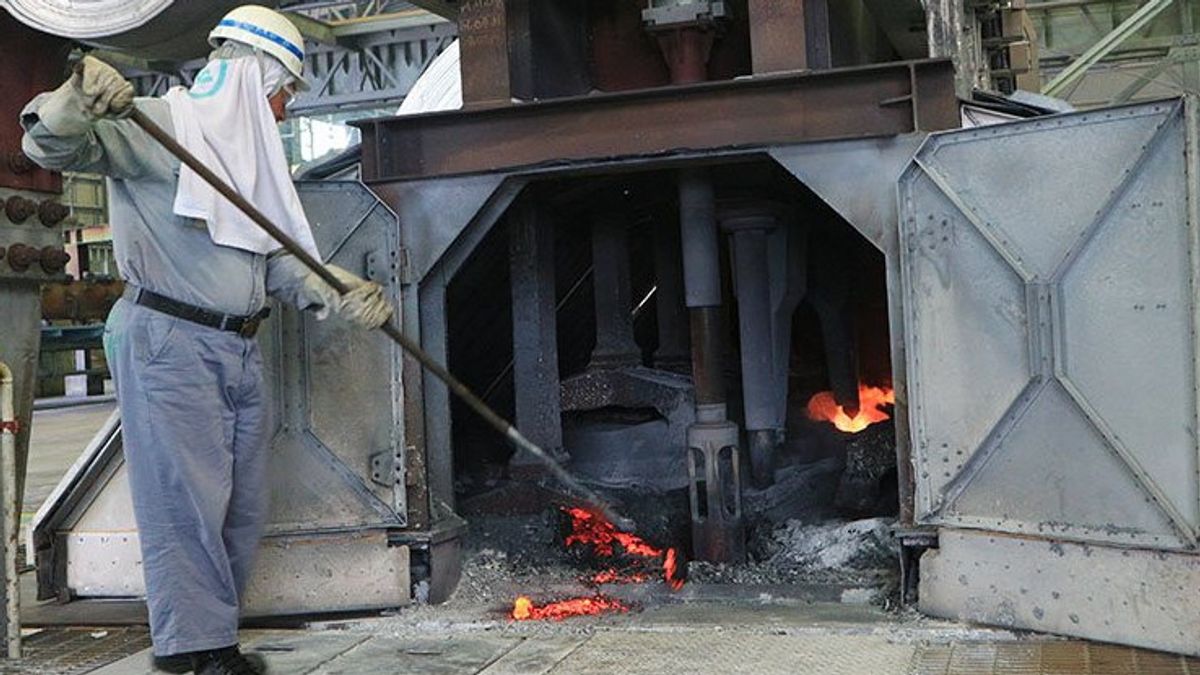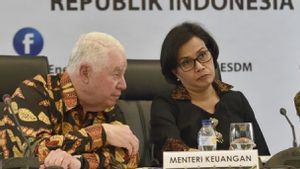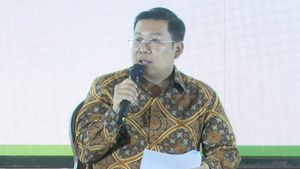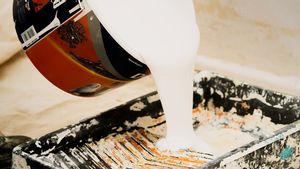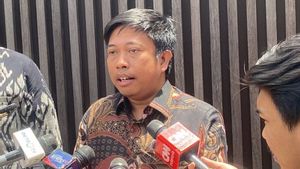The Association of Indonesian Mining Experts (Perhapi) has asked the government to impose a moratorium or restriction on the construction of purification facilities (smelters) in Indonesia.
Responding to this, the Ministry of Energy and Mineral Resources (ESDM) through the Special Staff for Mineral and Coal Governance, Irwandy Arif, said that the plan to form a moratorium was still an appeal from the Minister.
"Not yet, just an appeal from the minister, because the consumption of saprolit ore is extraordinary," said Irwandy to the media in Jakarta, Friday, August 18.
According to Irwandy, this appeal was made considering that consumption of high-grade singles or nickel was carried out in large quantities so that nickel reserves were running low.
Based on calculations from the Ministry of Energy and Mineral Resources, Indonesia's 15-year saprolite nickel reserves remain.
"Yes, it must remain limited, so it's just an appeal. I think if we count it roughly 10 to 15 years," continued Irwandy.
Previously, Perhapi Chairman Rizal Kasli revealed that nickel reserves in Indonesia were 7 years away if the entire refining industry had started production.
He detailed that there are two types of nickel, namely nickel ore, high levels above 1.5 percent or saprolytes processed through pyromethalurgies and low-grade nickel or limousines processed through hydromethalurgy shelters.
"We estimate that if all the smelters, especially the pyrometragists, are completed, the existing reserves will last 5 to 7 years," said Rizal, quoted on Tuesday, August 15.
اقرأ أيضا:
He further explained that this was due to the number of nickel ore needs reaching more than 560 million tons if all the smelters were successfully built.
However, with the current condition where the need for salorite for pyro-matalurgical is around 170 million tons, nickel resistance is estimated to last for 13 years.
"Indeed, this will vary depending on the assumption that we use it to feed orientikel against smelters," Rizal continued.
Meanwhile, for limousine reserves with levels below 1.5 percent, Perhapi estimates that all hydromethalurgy smelters built will last 33 years or more.
The English, Chinese, Japanese, Arabic, and French versions are automatically generated by the AI. So there may still be inaccuracies in translating, please always see Indonesian as our main language. (system supported by DigitalSiber.id)
